

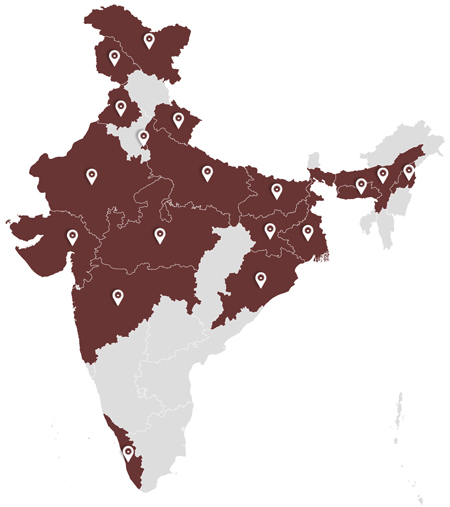
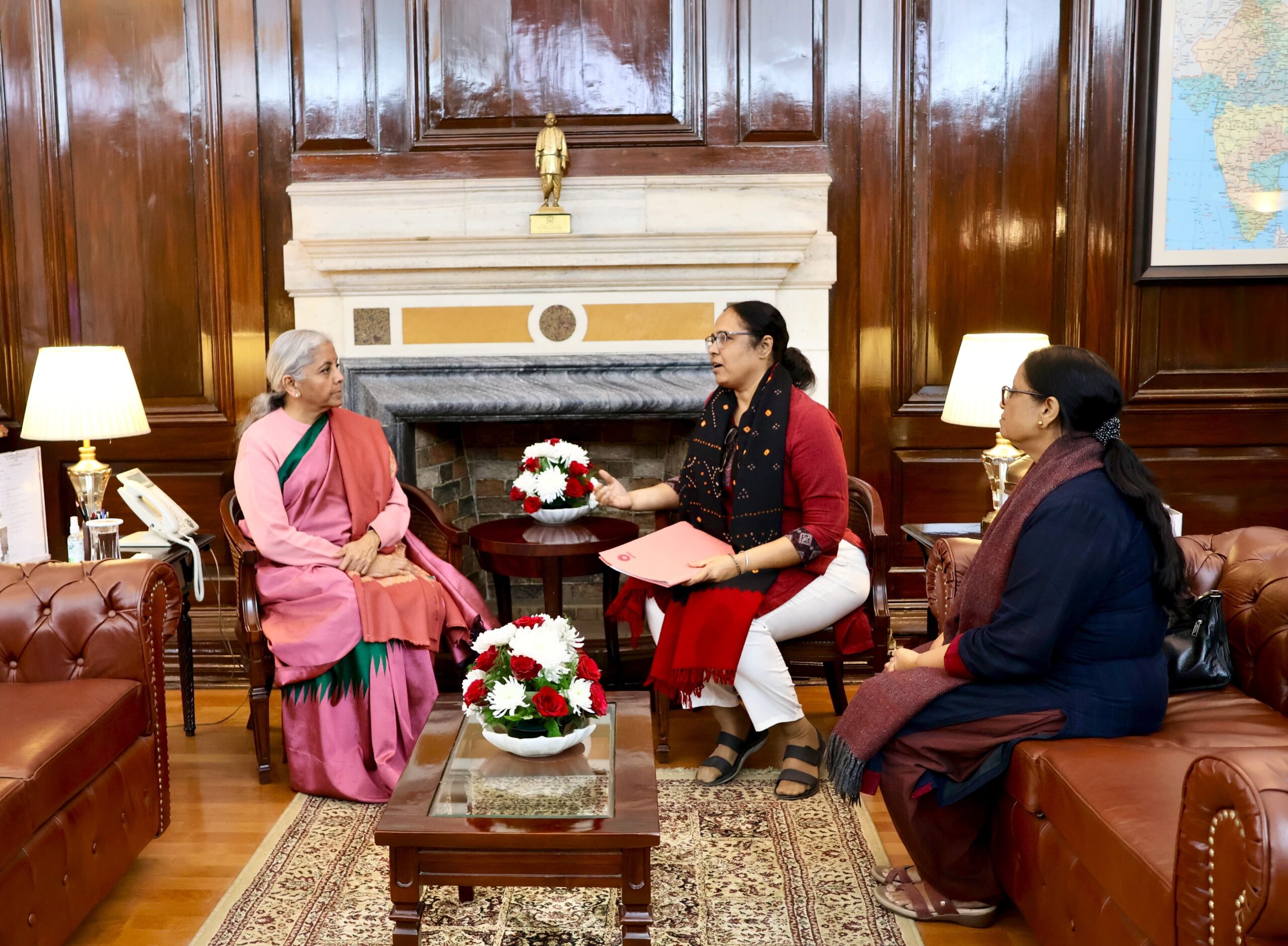
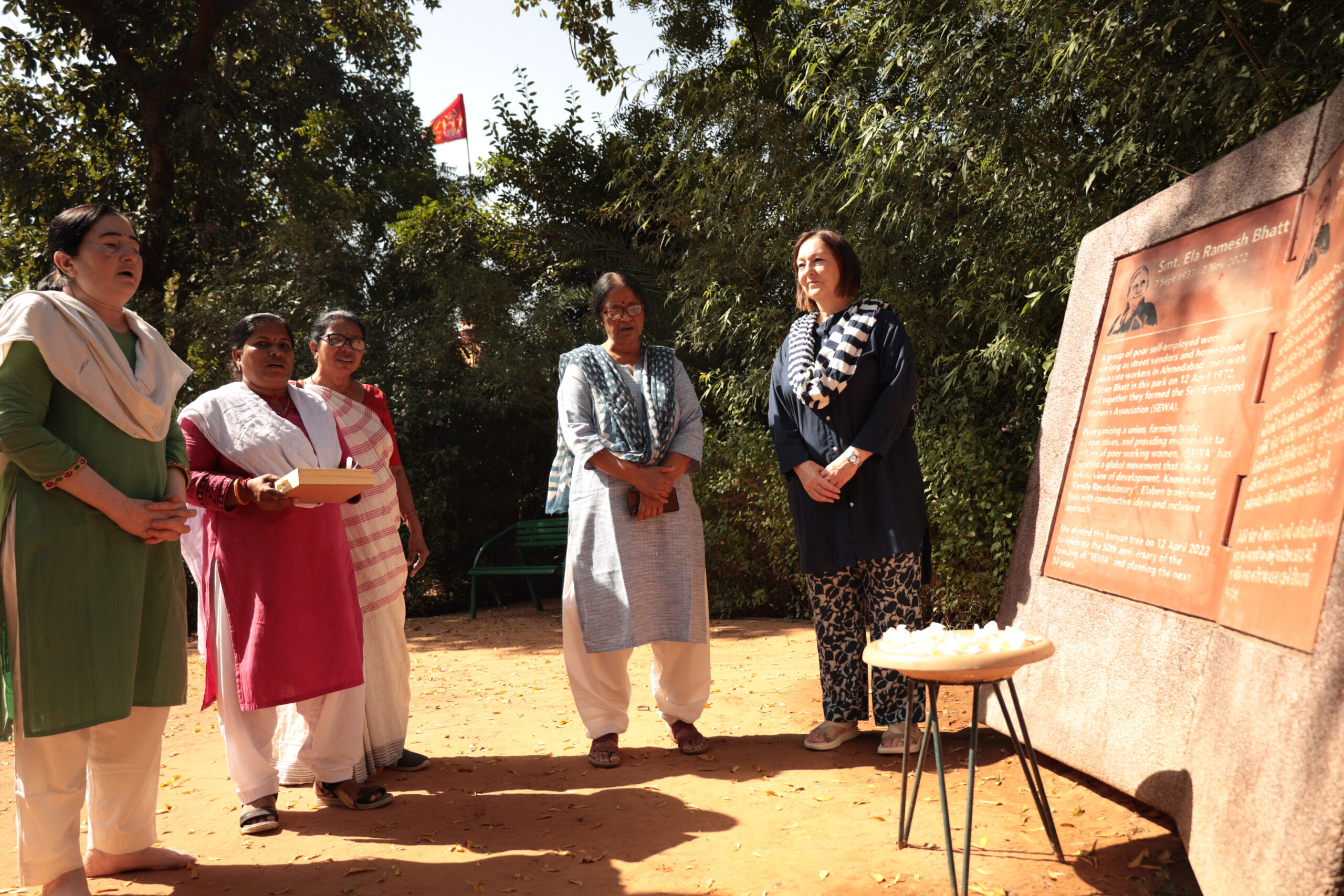
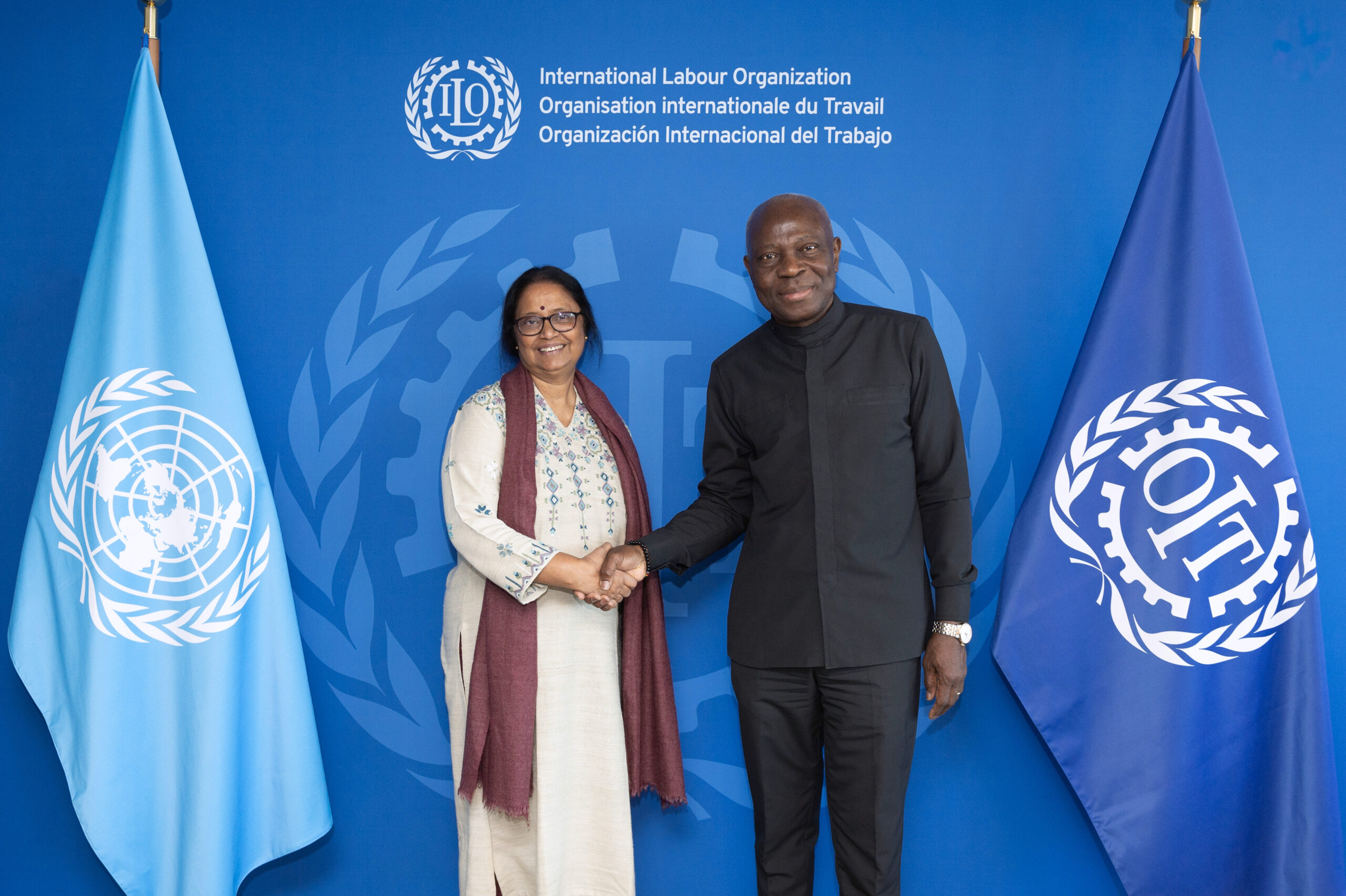
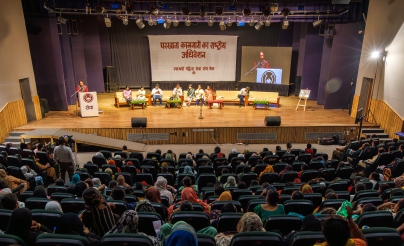
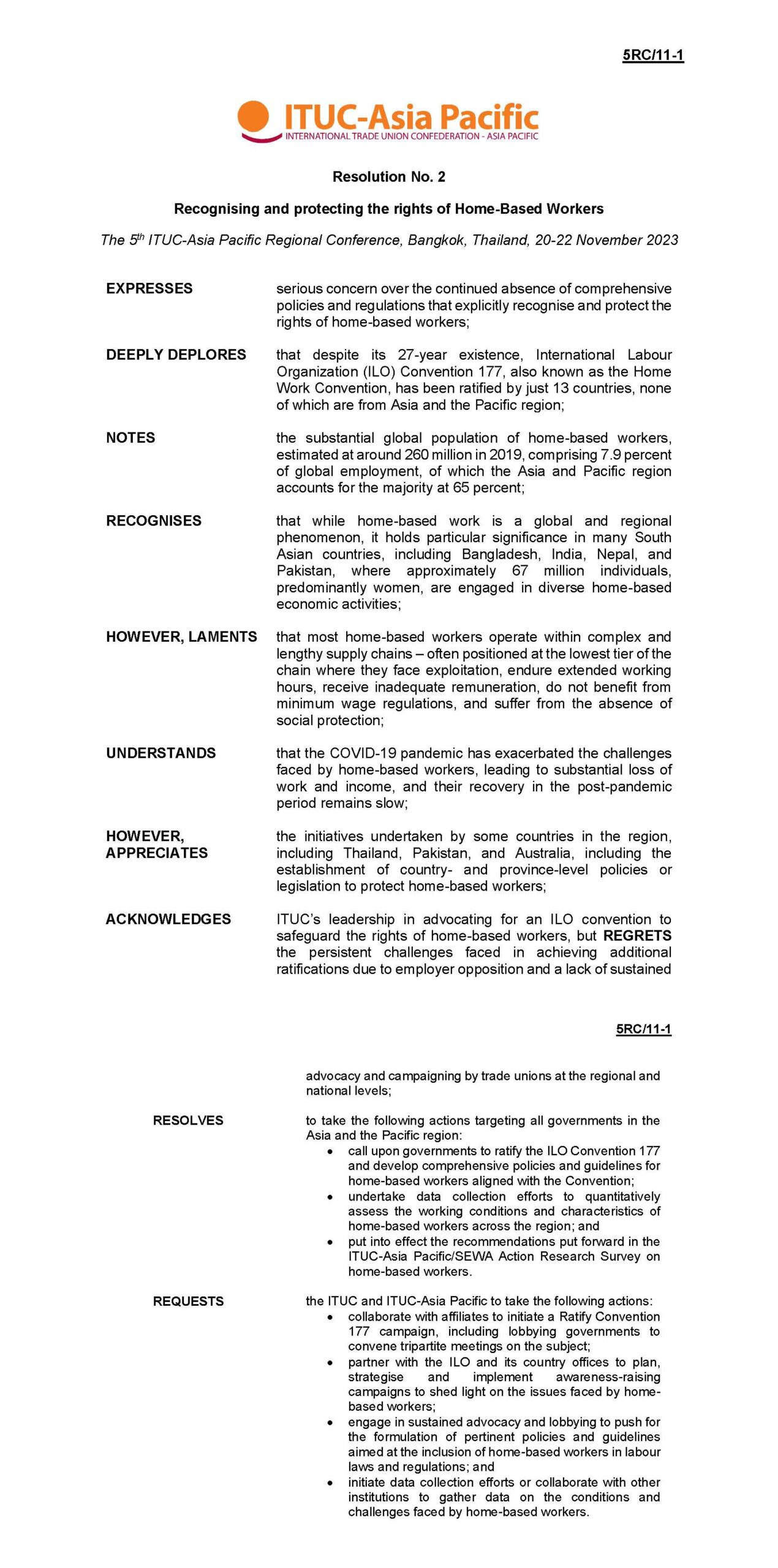
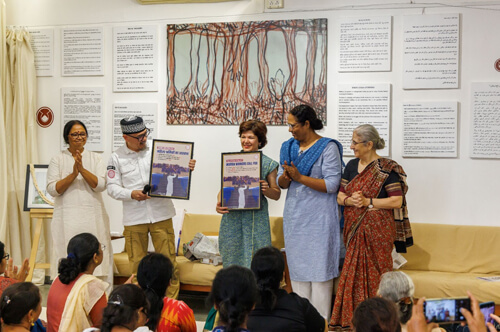
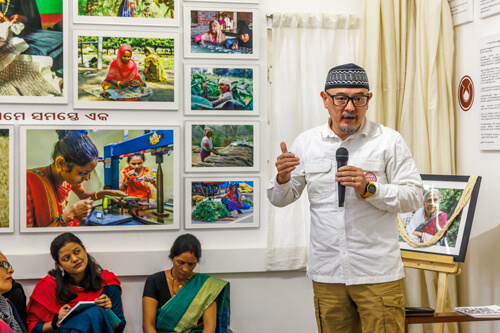
Regional secretary of IUF for Asia Pacific Hidayat Greenfield shared the global vision of Elaben which is inspiring women workers…
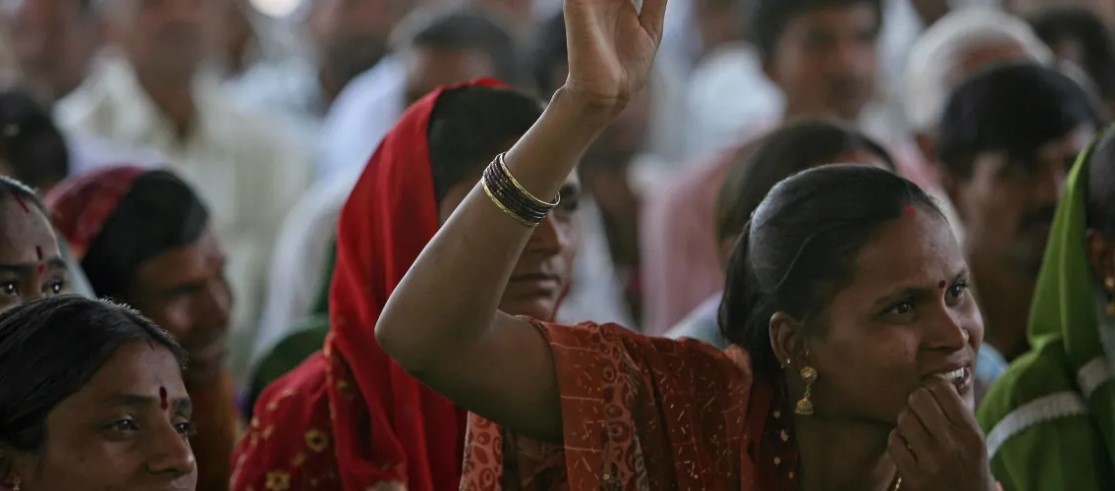
In a rapidly evolving world, the gender and development challenges are becoming increasingly complex and interlinked and lack of adequate…
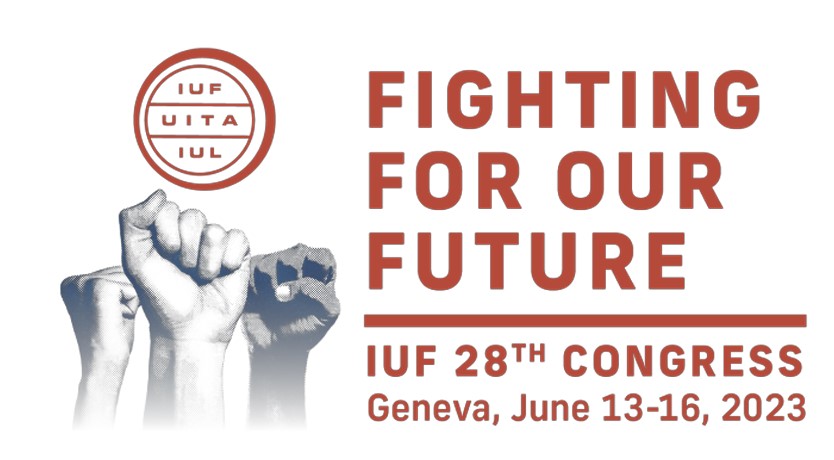
The 28th IUF Congress, held in Geneva from June 13th to 16th, 2023, marked a significant moment for the Self-Employed…

Self Employed Women’s Association (SEWA) is a single largest national trade union of over 3.2 million poor self-employed women workers…
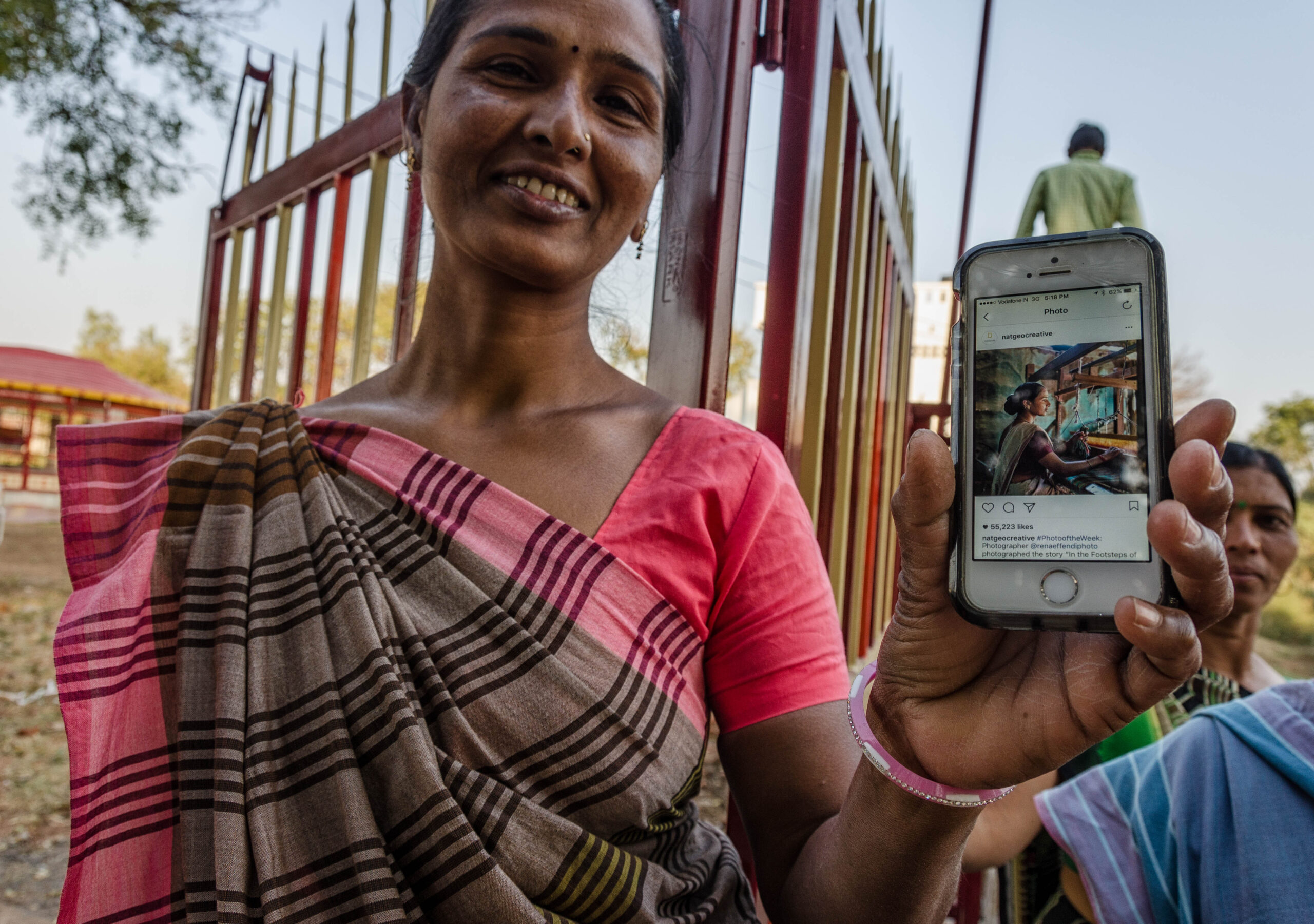
SEWA’s founder Ela Bhatt always said “Technology per se is not bad. In fact, when given in the hands of…
On April 12, 2022 when SEWA was celebrating its 50 years of organising, our founder Elaben Bhatt introduced the concept “Swachh Akash” (Clean Skies). She asked the next generation cadre of leaders that our work should focus around building cleaner skies for our future generation, in the coming years. She said that poor women workers of the informal sector are disproportionately impacted by the increasing frequent and intense climate shocks.
It is important to recognize this and prepare them for the resilience in a manner that they have income and work security. The 3.2 million members of SEWA have collectively resolved to work towards making the surrounding and neighborhood air, water, and soil clean. This will lead the community to “Swachh Akash – cleaner, purer skies” for the younger generation and future generations to come.
At SEWA, we call this “Just Transition” –transition that generates green livelihoods, which are decent and dignified for the poor informal sector workers. Transition that is led by the women. The emphasis on just transition will help address three defining challenges of the twenty-first century – decent work, poverty eradication, and environmental sustainability.
SEWA has set-up a Green Transition Centre which works on understanding the issues faced by the poor informal sector workers in their lives and livelihood and the changes that they have been making to their lifestyle to adapt to the climate shocks. We at SEWA believe that there is opportunity in any adversity. The Centre works on various initiatives like increasing awareness about the climate shocks and its effect on the members, understanding the adaptation and mitigation measures taken by the members, scaling up the adaptation and mitigation initiatives, enabling financial linkages and policy interventions.
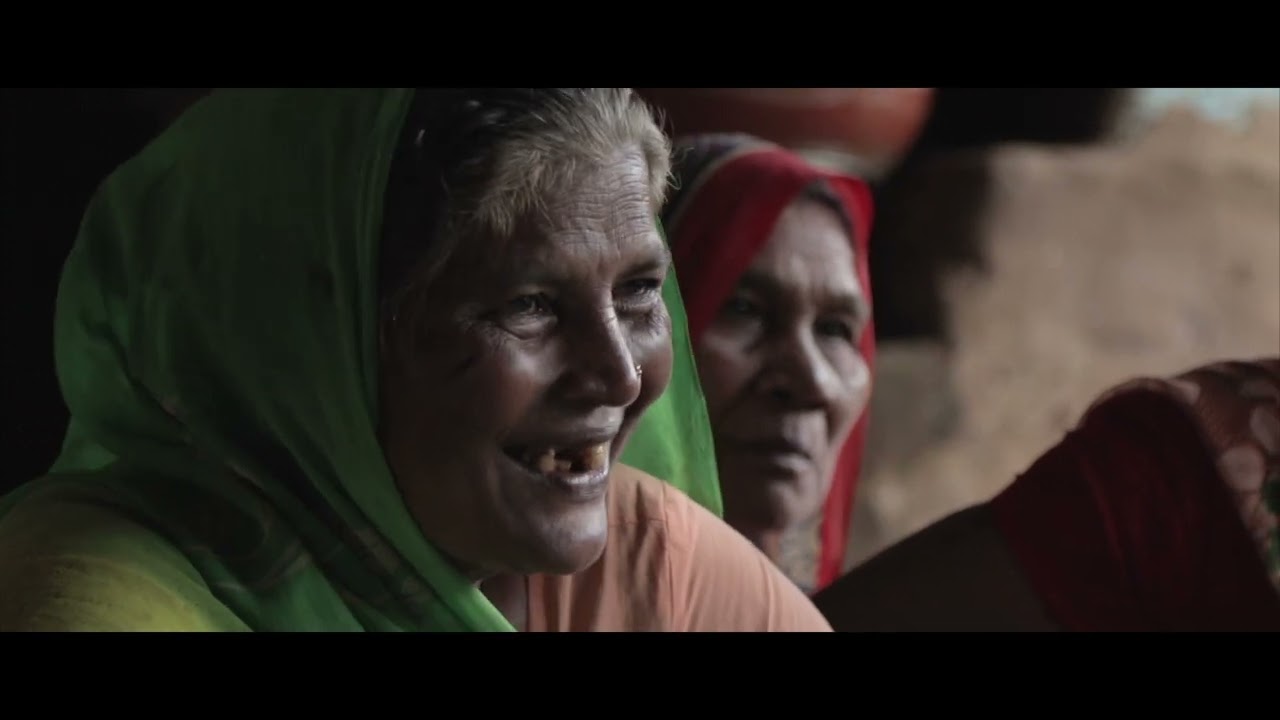
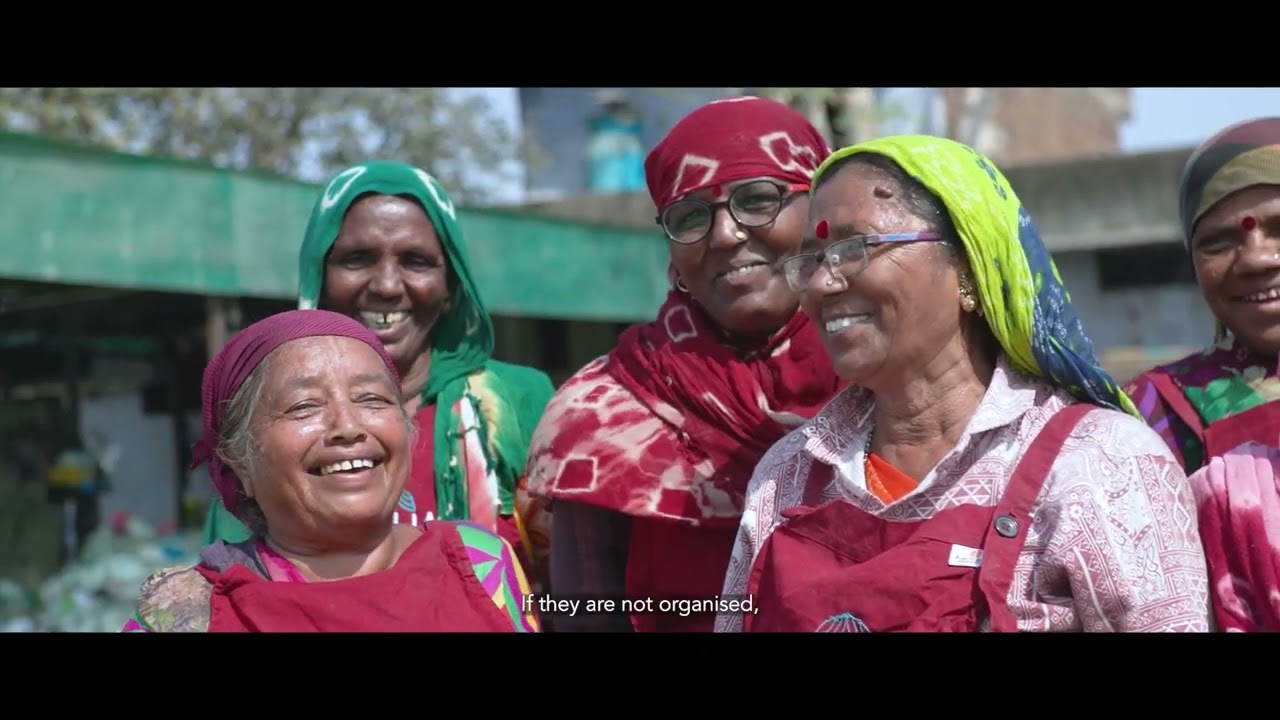

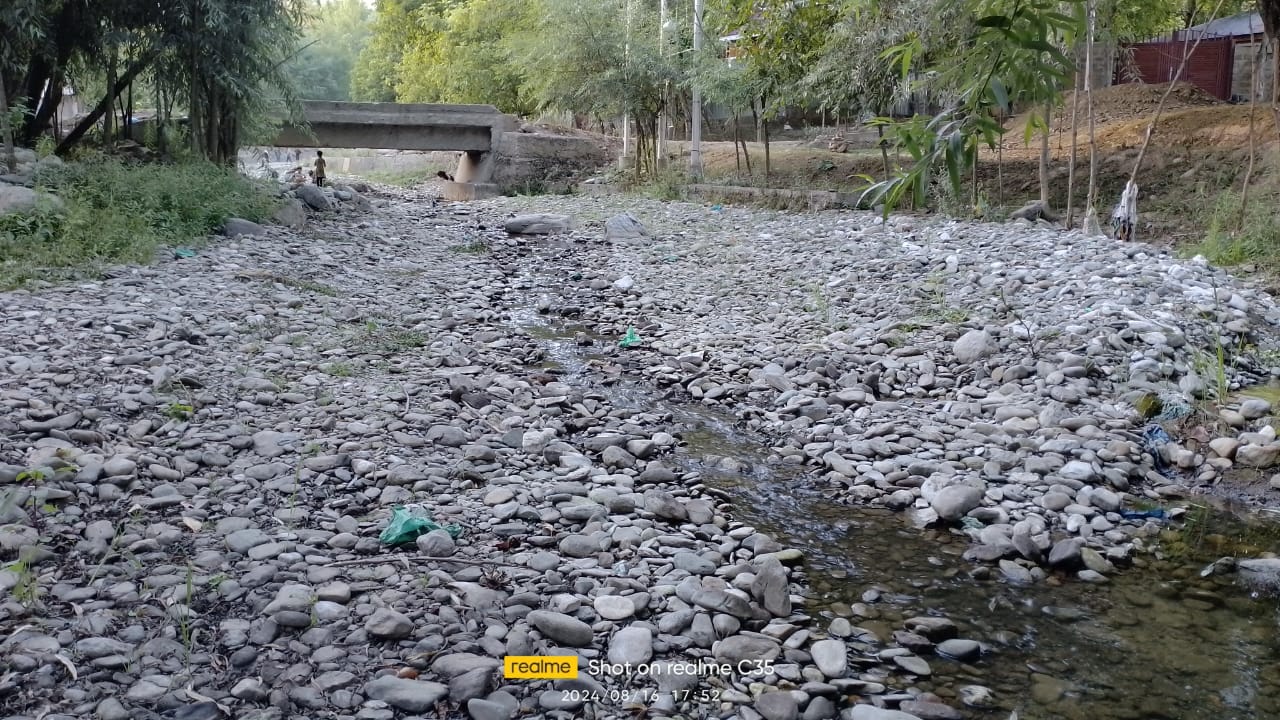
Kashmir, the northern state in India is commonly known as “Switzerland in India” for its cool climate, snowy winters and scenic beauty. As summers descend, thousands of tourist from various…